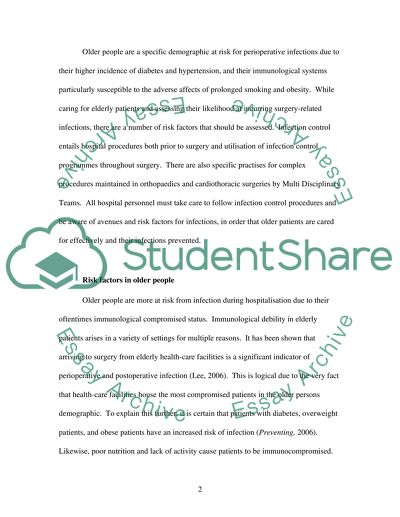Cite this document
(“The prevention of perioperative infection in elderly patients Essay”, n.d.)
Retrieved from https://studentshare.org/miscellaneous/1514086-the-prevention-of-perioperative-infection-in-elderly-patients
Retrieved from https://studentshare.org/miscellaneous/1514086-the-prevention-of-perioperative-infection-in-elderly-patients
(The Prevention of Perioperative Infection in Elderly Patients Essay)
https://studentshare.org/miscellaneous/1514086-the-prevention-of-perioperative-infection-in-elderly-patients.
https://studentshare.org/miscellaneous/1514086-the-prevention-of-perioperative-infection-in-elderly-patients.
“The Prevention of Perioperative Infection in Elderly Patients Essay”, n.d. https://studentshare.org/miscellaneous/1514086-the-prevention-of-perioperative-infection-in-elderly-patients.


